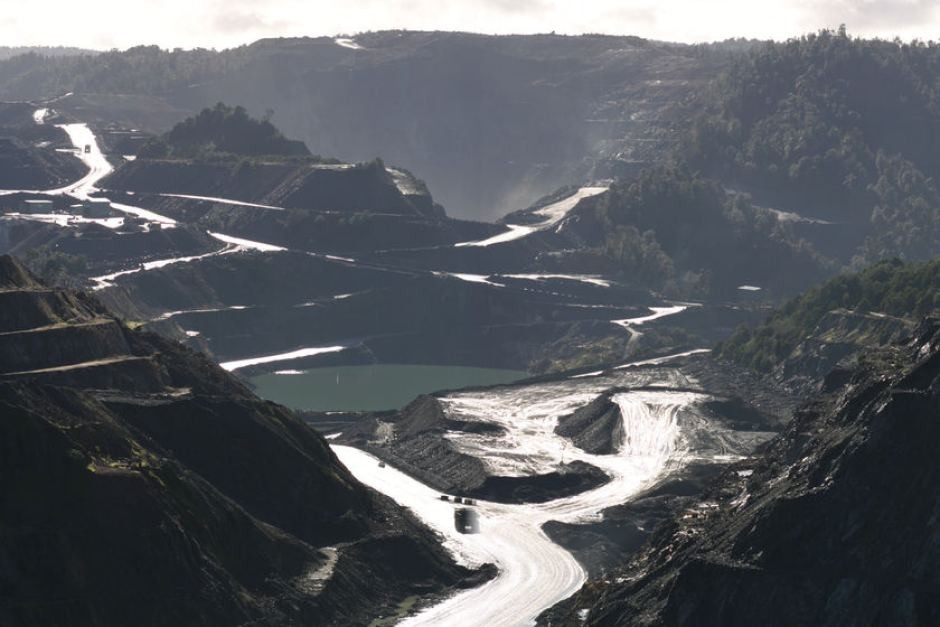Iron Ore The Price of Red Dirt
Post on: 19 Июнь, 2015 No Comment

by Greg Canavan / on August 29, 2014 at 2:48 pm
An Australian icon is under the pump: red dirt, aka iron ore. The price continues to fallyesterday the spot price fell to US$87/t. The 2012 low around US$86 is a matter of days away.
The very weak bounce from June should be a big concern for the iron ore bulls. At the time, China announced a range of mini stimulus programs, and the consensus opinion was that iron ore was going back to $100/t or more.
Instead, the bounce lasted a few weeksthen it resumed its slide.
The chart below shows Australias three iron ore majors, Fortescue (FMG), Rio and BHP. FMG is the most sensitive to the iron ore price. and as you can see, its shares bottomed along with iron ore in mid-June.
It then rallied nearly 20%, but has since turned back down. But its still higher than it was in June, even though the iron ore price is lower. Given my bearish views on iron ore, FMG still has a long way to fall.
Click to enlarge
As for BHP and RIO, well, theyve defied the recent price falls because they are ramping up production. But just because youre increasing production doesnt mean profit will increase, especially if the price is falling at a faster rate.
And dont forget, lower prices hits total production, not just the increased amount, so overall profitability of the operations will decline. Thats not a grave threat to these two companies; they will continue to make decent money from iron ore. Just not as much as the market currently thinks!
FMG on the other hand will really struggle in a sub-US$90/t price environment. It has an inferior quality product, which it sells at a discount to the iron ore price. If the recent price action persists, FMG wont earn anywhere near as much as what the market currently expects. The result: more share price falls.
All this prompted me the write the following to Sound Money. Sound Investment. subscribers a few weeks ago:
keep this China rebound in perspective. History says a crisis lies ahead. At the very least, China will experience a number of years of much lower than expected growth. If it keeps going at the present rate of 7.5% for too much longerit will eventually blow up. So hope for lower growthits the best outcome for China, and Australia.
By the way, keep in mind that this rebound has generated a lacklustre response in the iron ore price. Spot prices bounced from around US$90/tonne to US$97. But theyre weakening again. With more and more supply on its way, and the prospect of weaker demand, I continue to see iron ore prices heading towards US$80/tonne by late in the year/early 2015.
So stay short FMG, and take profits on BHP and Rio if youve enjoyed the recent run up in pricestheres more bad news for iron ore on the way .
The bad news doesnt just extend to the headline price. The strength of the Aussie dollar makes things that much worse. A falling US dollar commodity price usually corresponds with a weakening Aussie dollar. which mitigates some of the pain. But total manipulation of the price of everything by central bankers means the Aussie dollar remains strongpurely because our central bank hasnt completely lost it.
Better than expected capital expenditure data gave the Aussie a boost yesterday too. It increased 1.1% for the June quarter, but was still down 4% year-on-year.
Based on capital expenditure expectations for this financial year, investment will decline a rather hefty 10.2% in 2014/15 as big mining projects (like LNG) finish up.
Will the Aussie continue to defy gravity? Maybe in the short term as FX traders continue to ignore fundamentals and focus blindly on yieldhang onthats been going on everywhere. Everythings defying gravity!
Ahhh yes. Everyone loves the effortless nature of floating about in a bubble of bliss and ignorance.
But isnt the higher rate of interest here in Australia a positive fundamental and reason for foreigners to buy our currency?
Well, yes, but only to a degree. Interest rates supposedly represent risk. Relatively high rates reflect relatively high risk. No one sees much risk in Australia right now, but that will change in the future.
As China continues to slow (and possibly slow sharply), the iron ore price and broader terms of trade will continue to decline. That means lower national income, which translates into lower wages and profits across the economy as a whole.
If that happens, there will be less inclination to leverage up and punt on property. Lower debt growth and a lower terms of trade will make it harder for Australia to pay its bills. There will be less surplus cash left over as economic growth slows. When this realisation hits, gravity will once again exert its force on the Aussie dollar. Its just a matter of time.
Regards,
For The Daily Reckoning Australia
Join The Daily Reckoning on Google+














